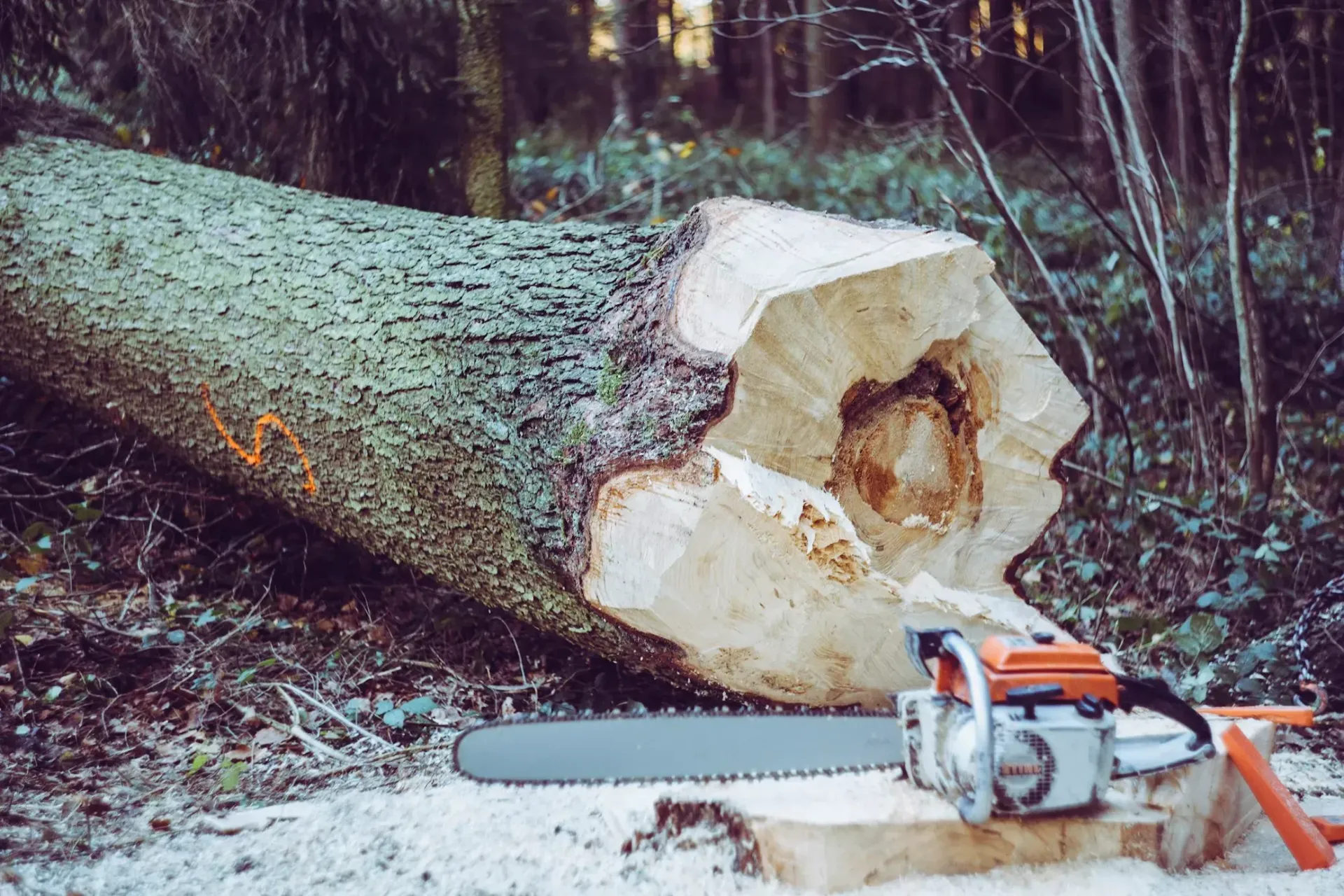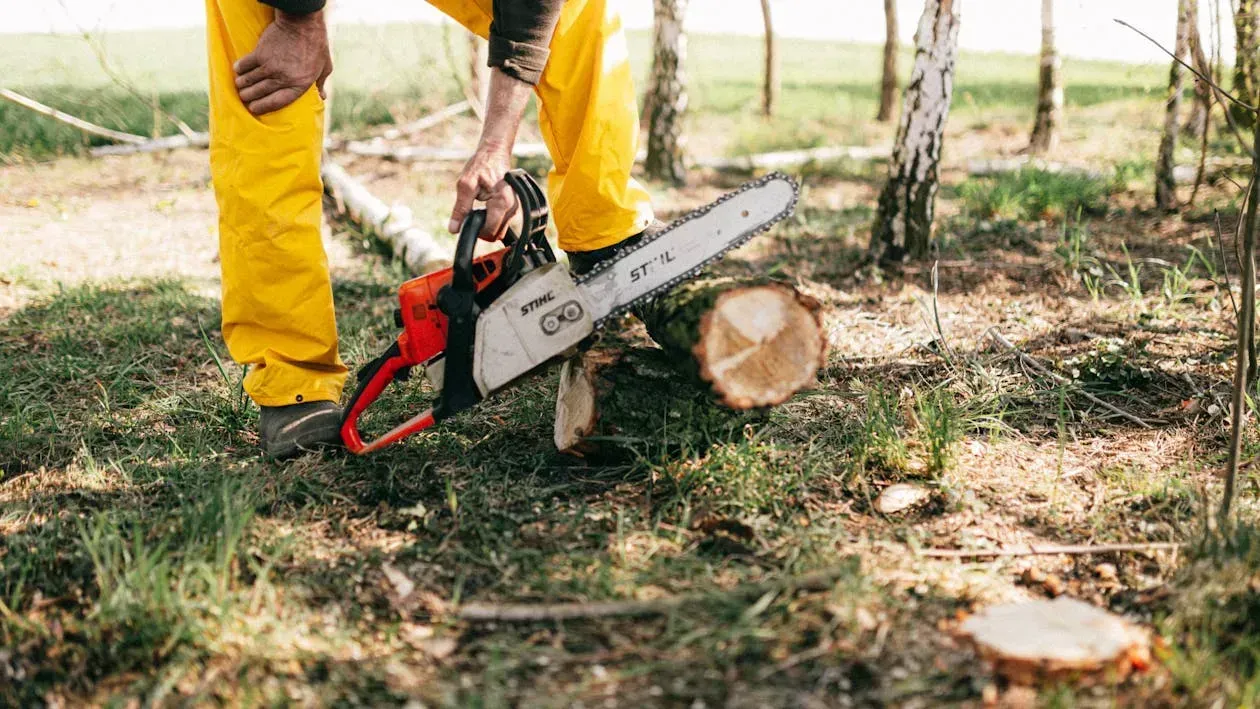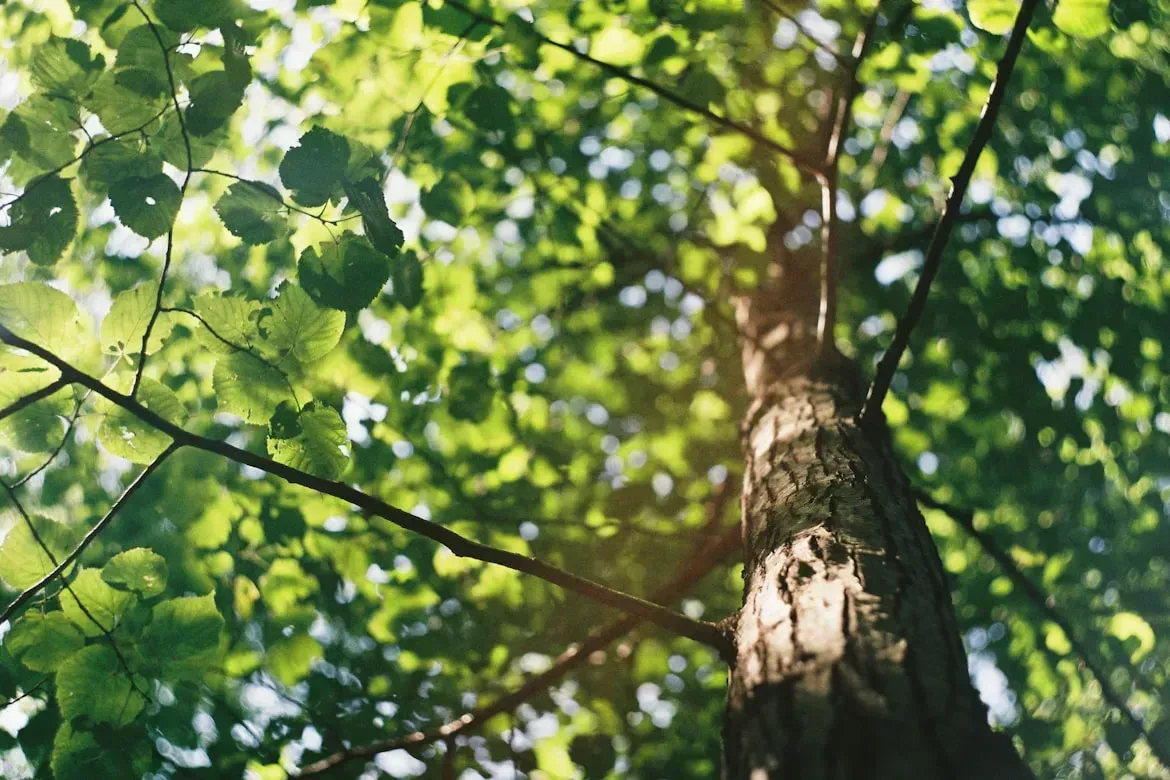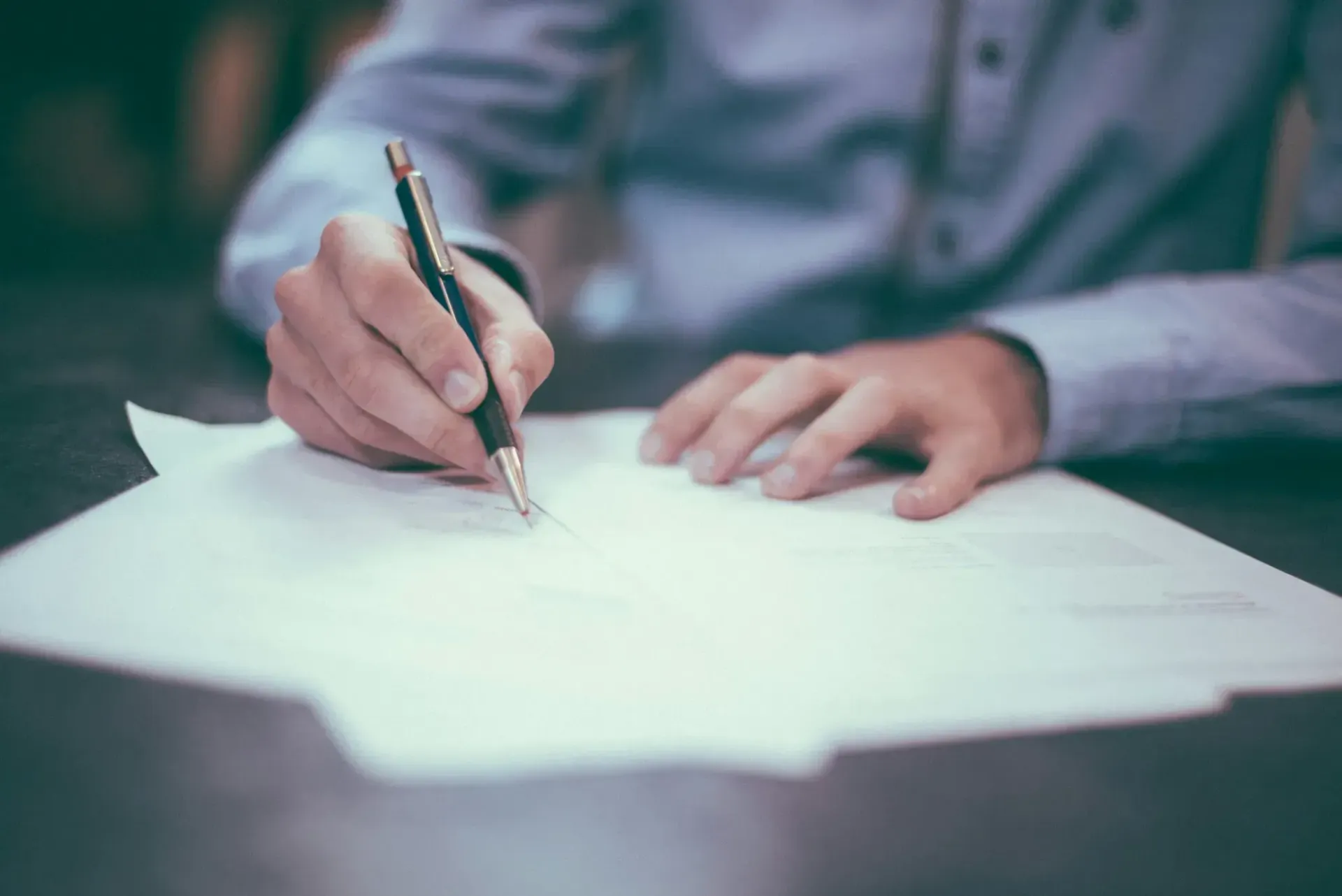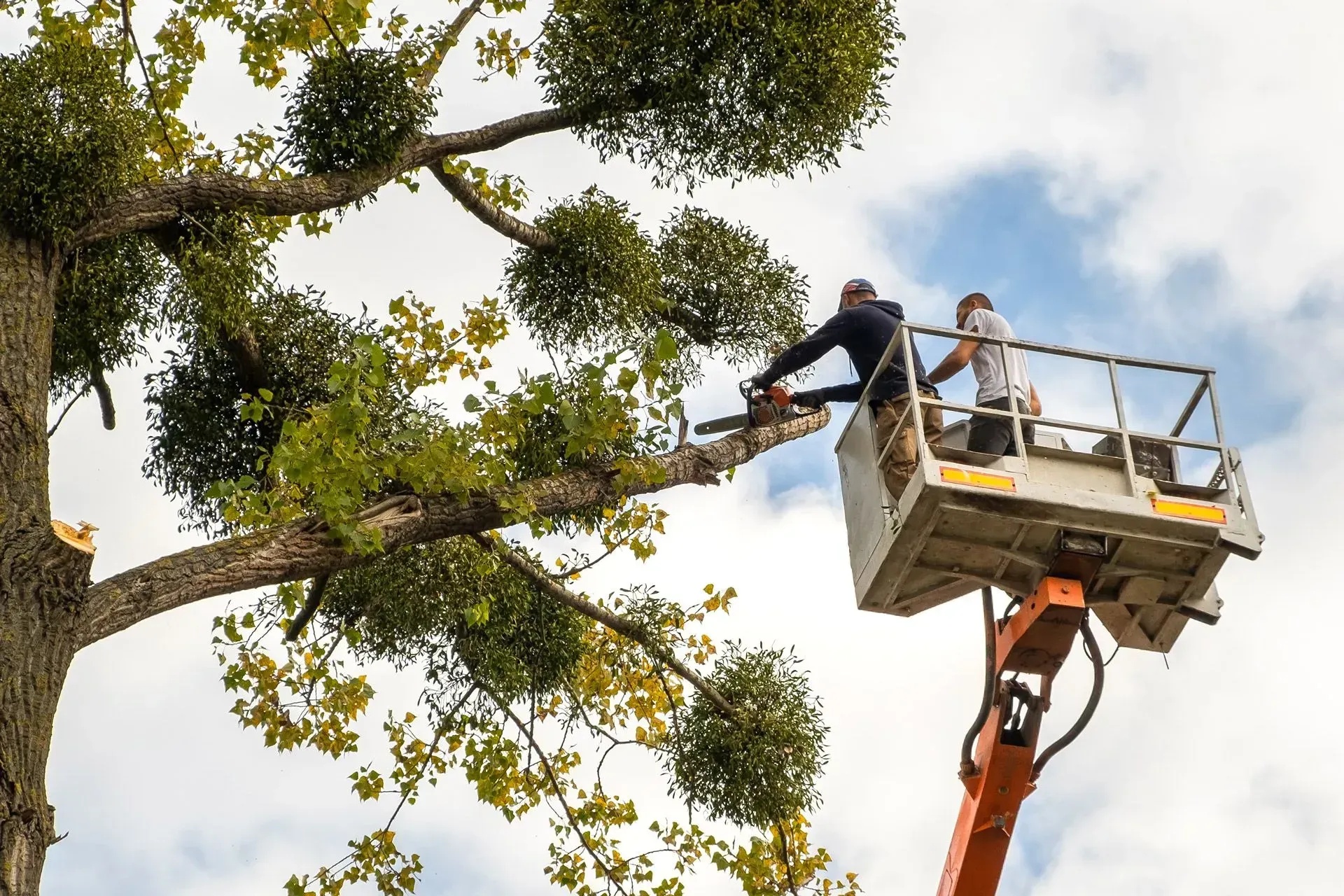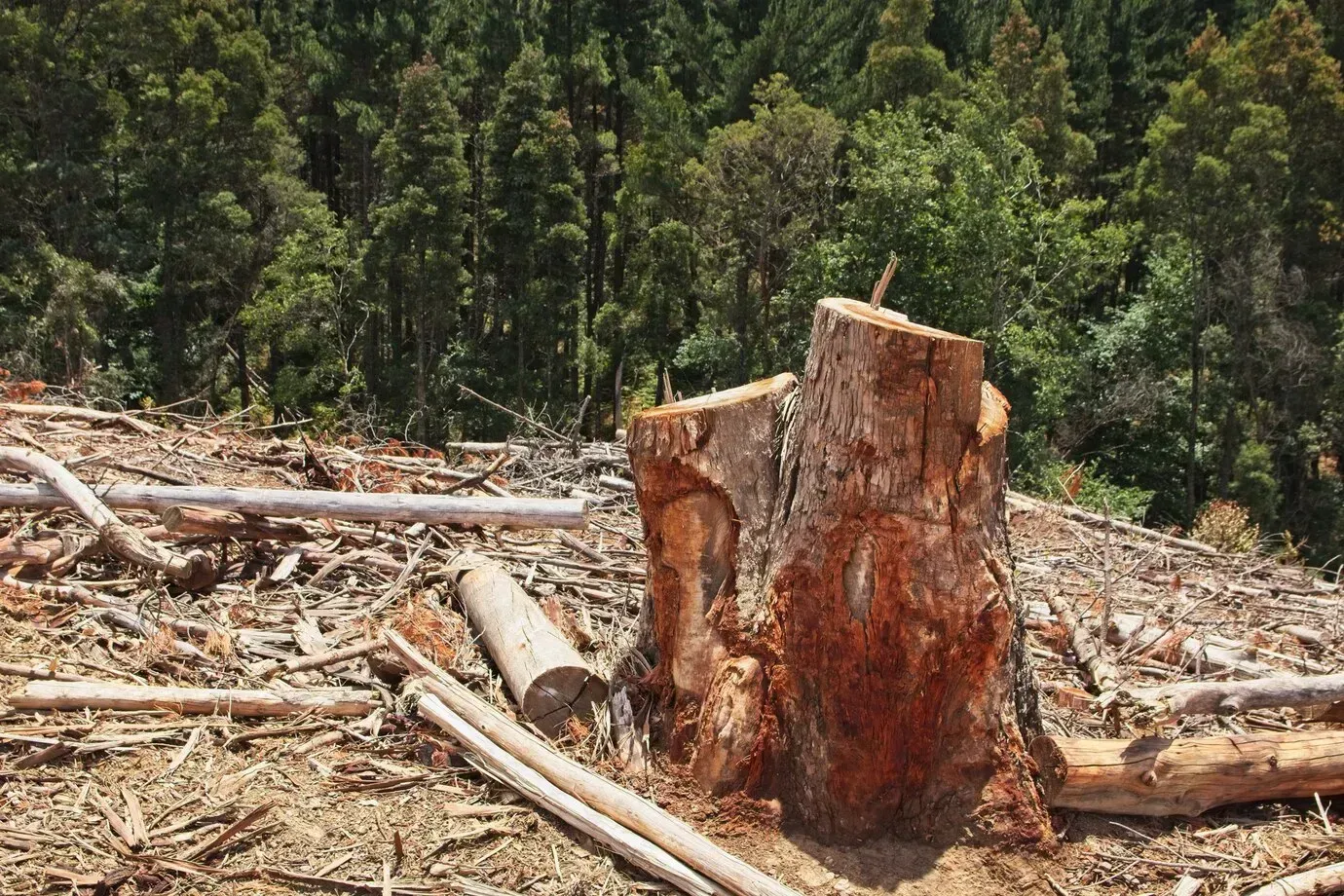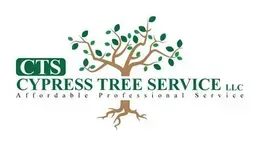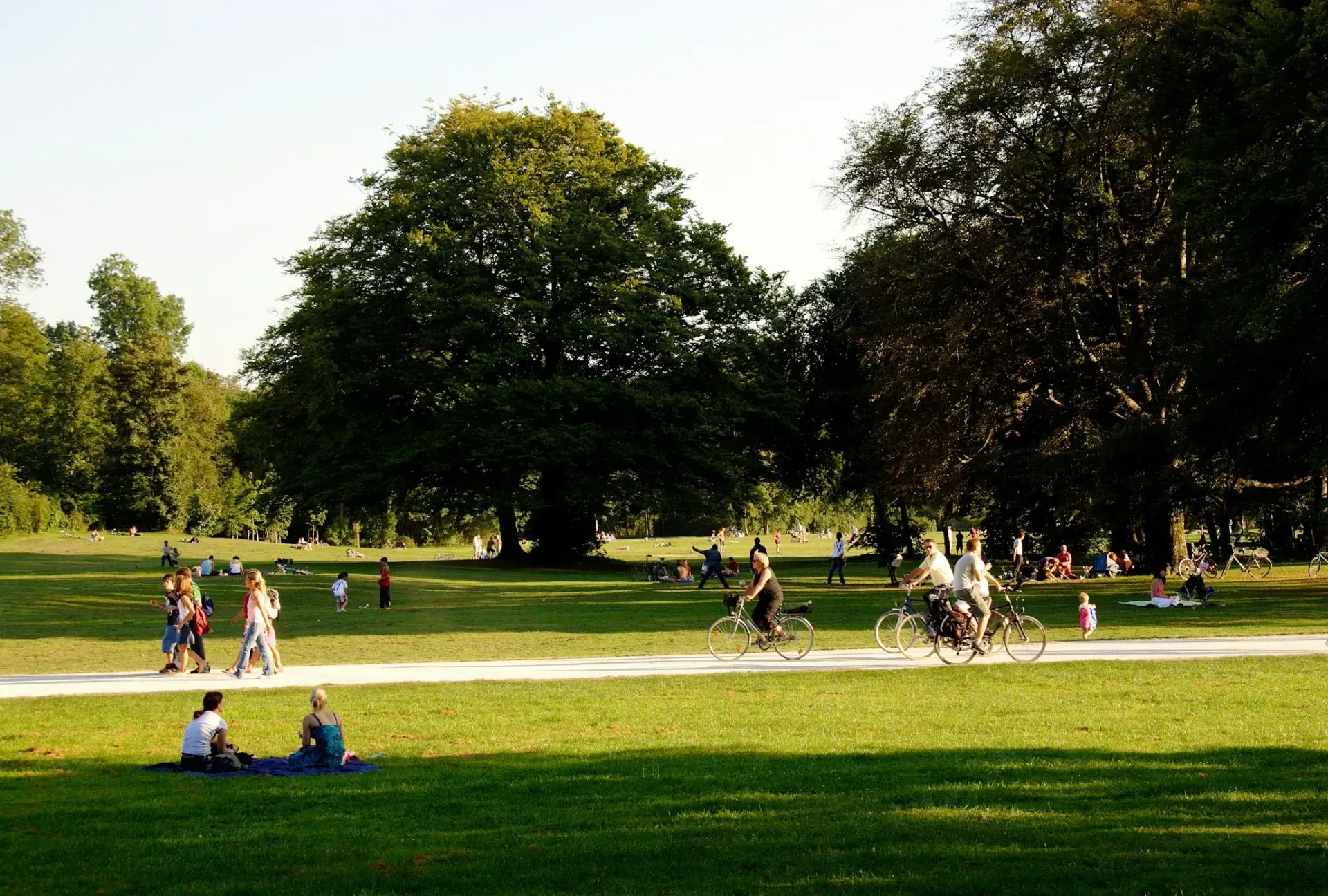The Basics of Tree Pruning: Why, When, and How
Tree pruning is an essential practice for maintaining the health, structure, and aesthetics of trees.
By selectively removing branches, tree pruning can promote tree health, improve tree structure, and enhance the overall appeal of the landscape.
However, it is important to understand why, when, and how to prune trees to ensure optimal results.
In this article, we will explore the basics of tree pruning, including the reasons for pruning, the best time to prune, the proper techniques and tools to use, common mistakes to avoid, and some helpful tips and tricks.
Key Takeaways
- Tree pruning promotes tree health by removing diseased or damaged branches.
- Pruning improves tree structure by removing weak or crossing branches.
- Enhancing the aesthetic appeal of trees is possible through selective pruning.
- Prune trees during the dormant season to minimize stress and encourage new growth.
- After flowering, prune trees to shape and control their growth.
Why Prune Trees?
Promote Tree Health
Promoting tree health is essential for the overall well-being and longevity of your trees. By taking proactive measures to maintain the health of your trees, you can prevent the occurrence of diseases, pests, and other issues that can negatively impact their growth and vitality. Here are some key tips to promote tree health:
Improve Tree Structure
Improving the structure of a tree is crucial for its long-term health and stability. A well-structured tree is less prone to damage from strong winds, heavy snow, or ice storms. It also reduces the risk of branches breaking and falling, which can cause property damage or injury. Proper tree structure ensures that the weight of the branches is evenly distributed, preventing the tree from becoming lopsided or top-heavy. By improving the tree structure, you can help it withstand harsh weather conditions and extend its lifespan.
Enhance Aesthetic Appeal
Enhancing the aesthetic appeal of trees is an important aspect of tree pruning. It not only adds beauty to the landscape but also creates a welcoming and visually pleasing environment. Pruning trees can help in shaping them and maintaining their overall appearance. By removing dead trees and branches, you can improve the health and vitality of the remaining trees, making them more attractive and appealing.
When to Prune Trees
Pruning in Dormant Season
Pruning trees during the dormant season is a crucial step in maintaining their health and promoting optimal growth. This period, which typically occurs in late winter or early spring when the tree is not actively growing, offers several advantages for pruning.
Pruning After Flowering
After a tree has finished flowering, it is important to prune it to maintain its health and appearance. Pruning after flowering allows the tree to recover and prepare for the next growing season. It also helps to remove any dead or diseased branches that may have appeared during the flowering period. By pruning after flowering, you can ensure that your tree remains healthy and vibrant throughout the year.
Pruning for Hazardous Branches
Pruning for hazardous branches is a crucial aspect of tree maintenance. It involves identifying and removing branches that pose a risk to people or property. By addressing these hazardous branches, you can ensure the safety of your surroundings and prevent potential accidents.
How to Prune Trees
Tools and Equipment
Having the right tools and equipment is essential for successful tree pruning. It not only makes the job easier but also ensures that the trees are pruned effectively and safely. Here are some important tools and equipment that you will need:
Pruning Techniques
Pruning techniques are essential for maintaining the health and structure of trees. Proper pruning can help prevent disease, promote growth, and improve the overall appearance of your trees. Here are some key techniques to keep in mind when pruning your trees:
Pruning Cuts
Proper pruning cuts are essential for the health and growth of trees. When making pruning cuts, it's important to follow the right techniques to avoid damaging the tree. Here are some key points to keep in mind when it comes to pruning cuts:
Common Mistakes to Avoid
Topping Trees
Topping trees is a harmful pruning practice that involves cutting off the top branches of a tree. This method is often used to control the height of a tree or to reduce its size. However, tree trimming in this manner can cause serious damage to the tree and should be avoided.
Over-Pruning
Over-pruning can have negative effects on the health and structure of trees. It is important to understand the consequences of excessive pruning and how to avoid them. Pruning too much can weaken the tree and make it more susceptible to diseases and pests. It can also disrupt the natural growth pattern of the tree and hinder its ability to produce new growth.
Improper Pruning Cuts
Making improper pruning cuts can have detrimental effects on the health and structure of trees. It is important to understand the correct techniques to avoid these problems.
Tree Pruning Tips and Tricks
Consider Tree Species
When pruning trees, it is important to consider the specific tree species. Different trees have different growth patterns and pruning requirements. By understanding the characteristics of the tree species, you can tailor your pruning techniques to promote healthy growth and prevent potential problems.
Prune Young Trees Properly
Properly pruning young trees is crucial for their long-term health and growth. It helps establish a strong and well-balanced structure, preventing future problems and ensuring their longevity. Here are some key tips to keep in mind when pruning young trees:
Regular Maintenance Pruning
Regular maintenance pruning is essential for the health and longevity of your trees. By regularly pruning your trees, you can prevent the accumulation of dead or diseased branches, which can pose a risk to both the tree and your property.
Additionally, regular pruning promotes better air circulation and sunlight penetration, leading to healthier and more vibrant trees. It also helps maintain the desired shape and size of the tree, preventing it from becoming overgrown or misshapen.
Tree pruning is an essential part of tree maintenance. It helps to promote healthy growth, improve the tree's structure, and enhance its overall appearance. Proper pruning techniques can also prevent potential hazards, such as falling branches.
At Cypress Tree Service, we specialize in tree pruning in Sparta, NJ. Our team of certified tree experts are trained to identify the specific needs of each tree and provide the necessary pruning to ensure its health and longevity. Whether you need pruning for aesthetic purposes or to address a specific issue, our experts can help.
Contact us today at (973) 500-6005 or visit our website to learn more about our tree pruning services and schedule an appointment. Trust the most trusted tree service in Sparta, NJ for all your tree pruning needs.
Conclusion
In conclusion, tree pruning is an essential practice for promoting tree health, improving tree structure, and enhancing the aesthetic appeal of our surroundings.
By understanding when to prune trees and following proper pruning techniques and cuts, we can ensure the longevity and vitality of our trees.
However, it is important to avoid common mistakes such as topping trees, over-pruning, and making improper pruning cuts.
By considering the tree species, pruning young trees properly, and performing regular maintenance pruning, we can keep our trees healthy and beautiful.
So grab your tools and equipment, and let's get pruning!
Why is tree pruning important?
Tree pruning is important for several reasons. It promotes tree health by removing dead or diseased branches, improves tree structure by removing weak or crossing branches, and enhances aesthetic appeal by shaping the tree.
When is the best time to prune trees?
The best time to prune trees depends on the specific tree species and the goal of pruning. Generally, dormant season pruning is recommended for most trees, but some flowering trees may require pruning after flowering. Pruning for hazardous branches should be done as soon as possible.
What tools and equipment are needed for tree pruning?
The tools and equipment needed for tree pruning include pruning shears, loppers, pruning saws, pole pruners, and safety equipment such as gloves and safety glasses.
What are the different pruning techniques?
There are several pruning techniques, including crown thinning, crown raising, crown reduction, and selective pruning. Each technique is used to achieve different goals, such as improving air circulation, increasing sunlight penetration, or reducing the size of the tree.
What are the proper pruning cuts?
Proper pruning cuts should be made just outside the branch collar, without leaving a stub. It is important to avoid cutting into the branch collar or leaving a large stub, as this can lead to decay and disease.
What are some common mistakes to avoid when pruning trees?
Some common mistakes to avoid when pruning trees include topping trees, over-pruning, and making improper pruning cuts. Topping trees can lead to weak regrowth and structural problems, over-pruning can stress the tree and reduce its health, and improper pruning cuts can cause damage and disease.
How should young trees be pruned?
Young trees should be pruned to establish a strong structure and remove any competing branches. It is important to avoid removing too many branches at once and to follow proper pruning techniques to ensure the health and growth of the tree.
How often should tree pruning be done?
Tree pruning should be done on a regular basis, depending on the specific tree species and its growth rate. Generally, maintenance pruning every 2-3 years is recommended to remove dead or diseased branches and maintain the tree's structure and health.

